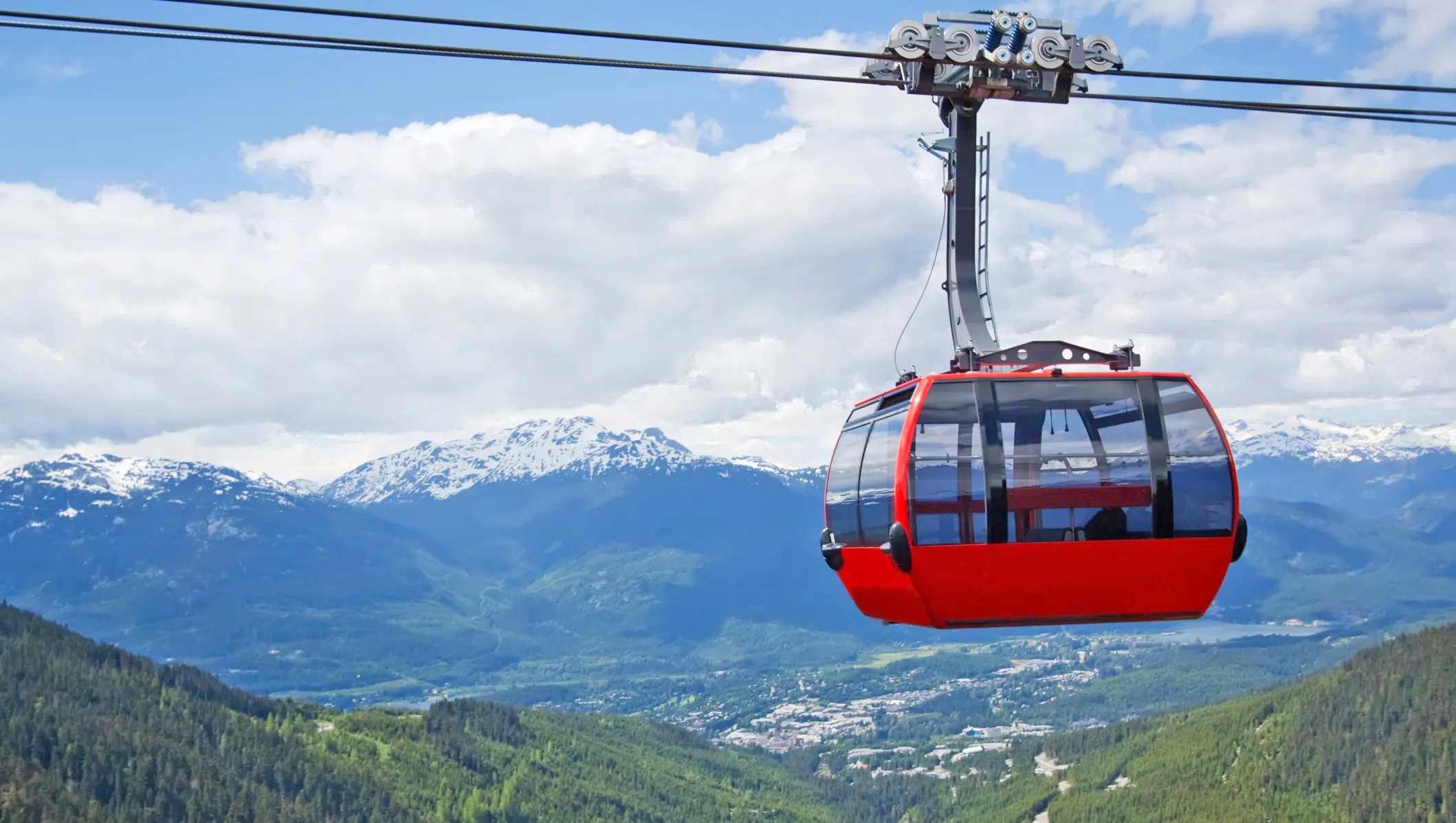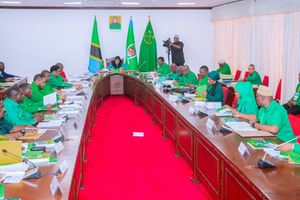Prime
Tanzania eyes regulatory framework for cable transport

The Land Transport Regulatory Authority is laying the groundwork for cable-car transport in the country. PHOTO | FILE
What you need to know:
- The Land Transport Regulatory Authority is was making significant progress in laying the groundwork for the novel mode of transport
Dar es Salaam. Tanzania is set to enter a new era of urban mobility as the land transport regulator’s plans for cable transport system gains major regulatory momentum.
The Land Transport Regulatory Authority (Latra) said on Monday that it was making significant progress in laying the groundwork for the novel mode of transport.
Speaking to journalists in Dar es Salaam, Latra director general Habibu Suluo confirmed that the regulatory framework for cable transport—popularly known as ropeways—has now reached an advanced stage, with draft regulations under government review and institutional restructuring underway to accommodate this new transport mode.
“This is not just about tourism. Cable transport will also depend on urban planning, environmental regulations from National Environment Management Council (NEMC) and guidance from other relevant authorities,” he said.
Latra, Mr Suluo added, has prioritised eight regions due to their tourism potential, but that does not mean other regions do not qualify,” Mr Suluo stressed.
Eight regions initially identified include Arusha, Kilimanjaro, Tanga, Dar es Salaam, Pwani, Morogoro, Iringa and Mbeya.
The cable transport initiative is part of the broader Third National Development Plan (2021/2022 to 2025/2026), which prioritises modernisation in tourism infrastructure.
According to Mr Suluo, the Latra Board decided that, during its preparation phase, cable transport would be supervised under the railways transport regulatory framework due to the engineering complexities involved.
“This is why our engineers were sent abroad—to countries such as South Korea, Malaysia and South Africa—to learn from global best practices,” he said.
In accordance with Section 17 of the Latra Act, the Board is empowered to determine departmental structures within the organisation.
Mr Suluo explained that while the previous board had not established a dedicated unit for cable transport, the current board, appointed during the tenure of President Samia Suluhu Hassan, has taken decisive steps to initiate the process.
“At this early stage, the unit won’t require a large workforce. We are focusing on creating the right environment while allowing the private sector to lead in installation. As demand grows, the unit will eventually evolve into a fully-fledged directorate.”
A proposed organisational structure has already been presented by the Treasury Registrar and passed through several institutional checks—including feedback from the Ministry of Transport and the President’s Office for Public Service Management and Good Governance.
“We are now waiting to be called to the PIC (Public Institutions Committee) meeting chaired by the Chief Secretary. After that, the proposal will go to the President for final approval, which will officially launch the new unit,” Mr Suluo said.
Meanwhile, the draft regulations for cable transport are currently with the Attorney General’s Office and may be published imminently.
The cable transport system, which involves motor-less, engine-less vehicles propelled by a steel cable, has already attracted significant investor interest.
“This is a completely new industry in Tanzania. That’s why our Board advised us to seek an international consultant to review the regulations before full implementation. We are in talks with development partners, including the World Bank, to expedite this process,” Mr Suluo said.
The Latra chief confirmed that Algeria, China, France and Egypt are among the countries expressing interest in partnering on cable transport projects. A French manufacturer of cable cars has reportedly shown willingness to collaborate with any investor eyeing Tanzania’s market.
While tourism remains a key driver for cable transport in regions like Arusha and Kilimanjaro, Latra insists that future installations will depend on city planning, environmental viability and stakeholder consensus.
“Even though these eight regions were highlighted for their tourism value, other regions also possess potential. We are not limiting this innovation to just one part of the country,” Mr Suluo said.
Latra’s emphasis on inclusivity and sustainability underscores the government’s commitment to a future where technology, transport and tourism intersect meaningfully.
The authority also assured the public that any developments in this space will adhere strictly to safety, environmental and operational standards as per international benchmarks.
He stressed that once fully operational, cable transport is expected to revolutionise the way Tanzanians commute—especially in high-density urban areas and tourism hubs—offering an eco-friendly, efficient and visually breathtaking alternative to traditional road transport.




